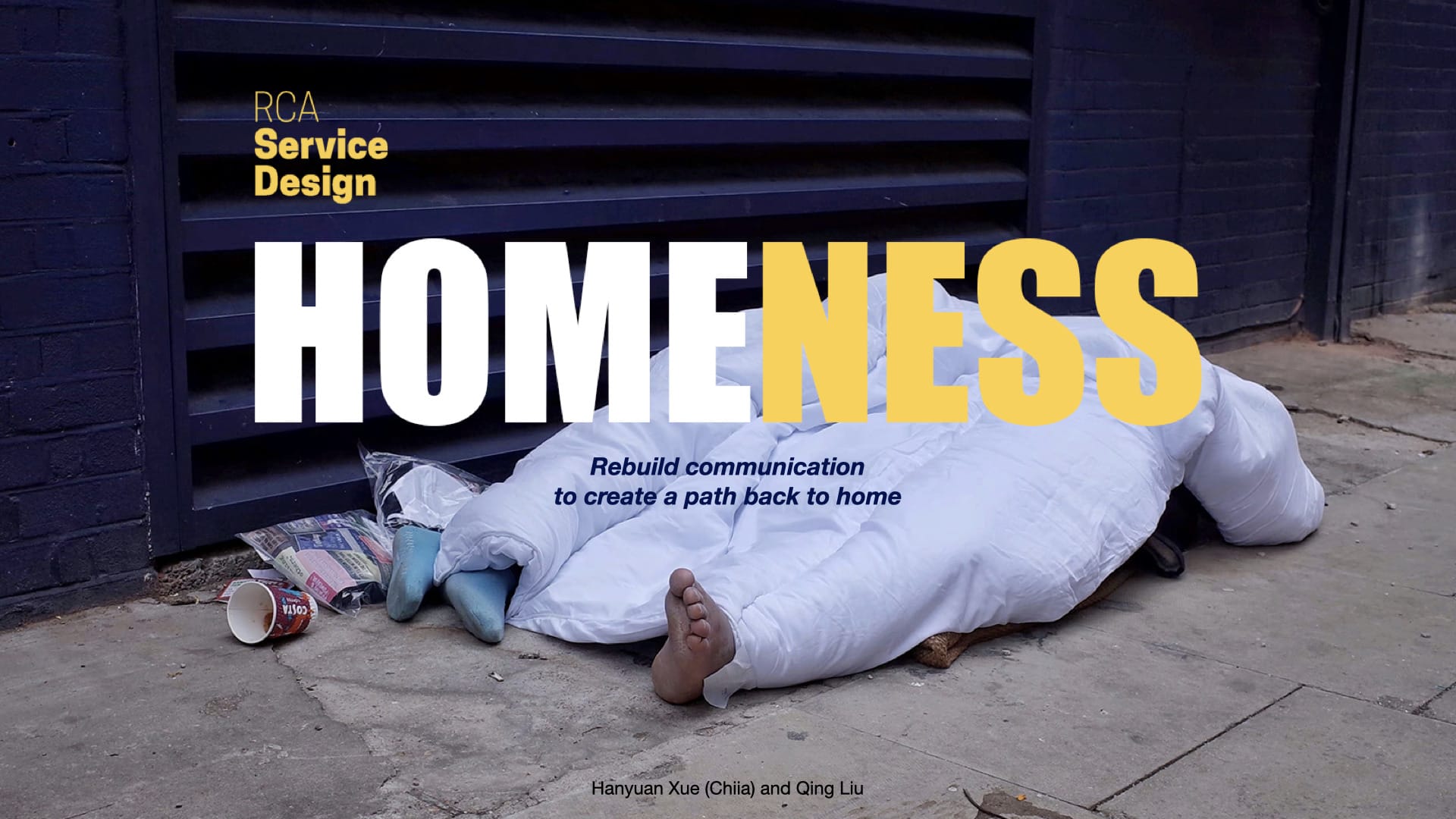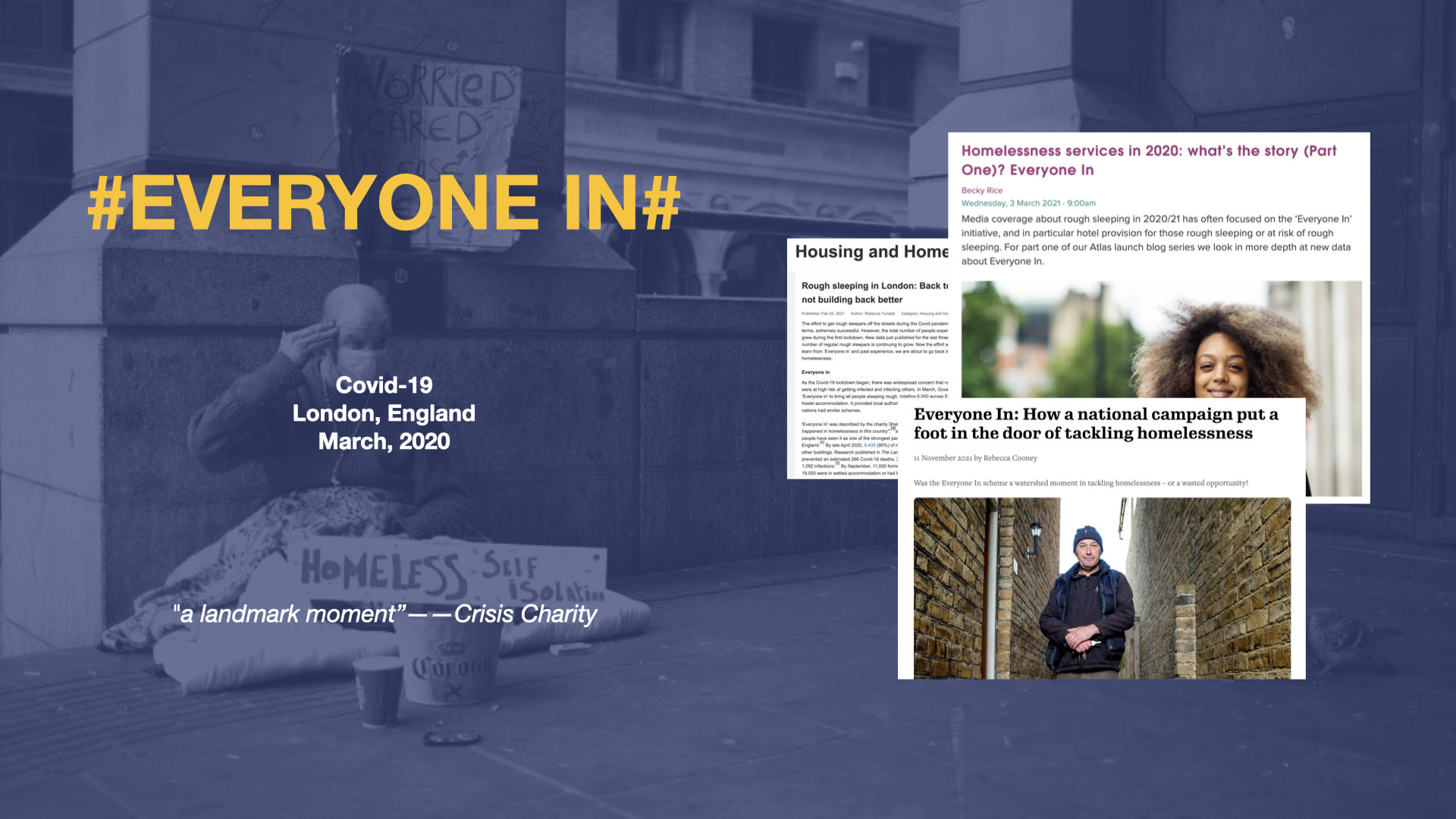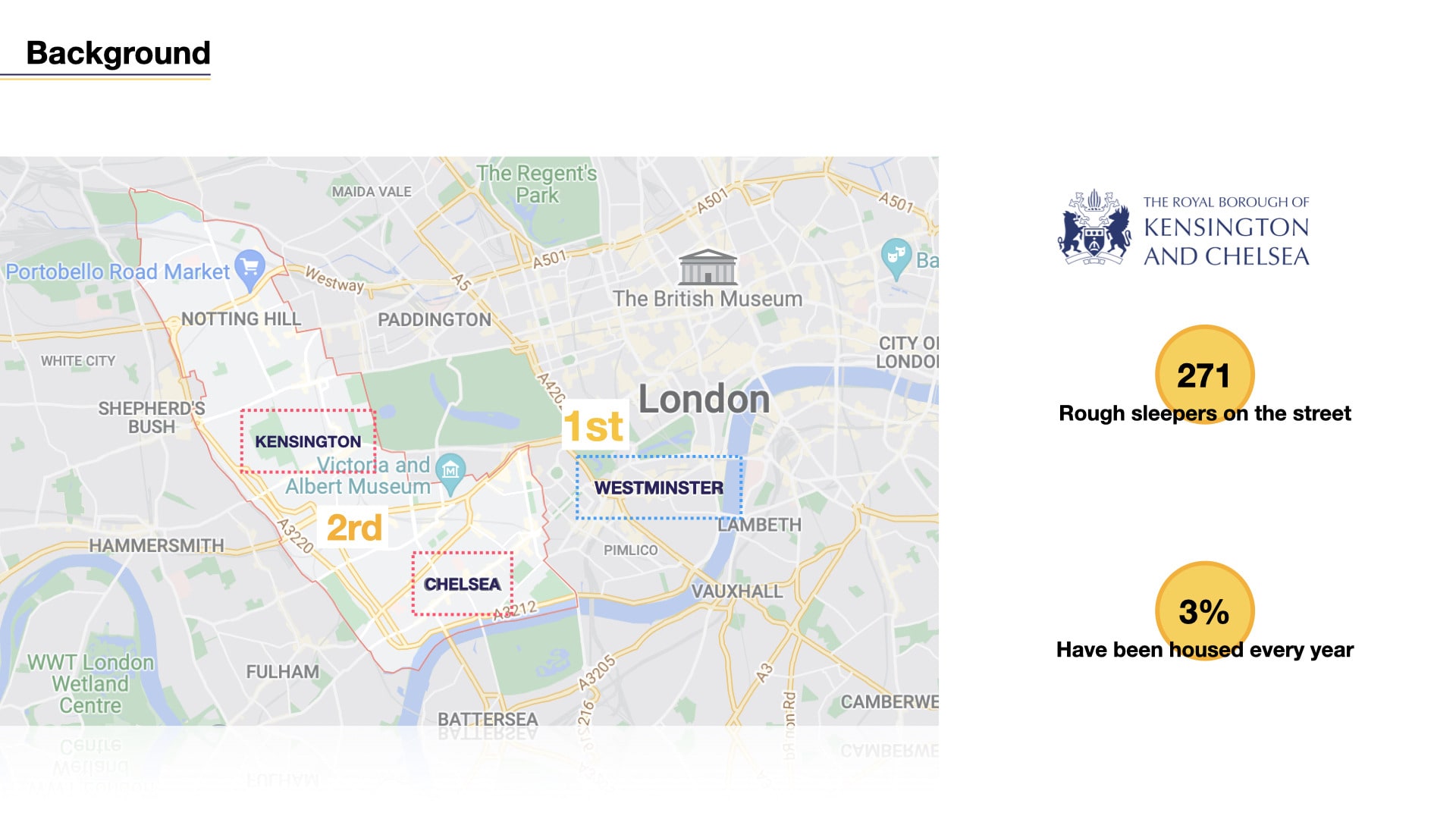Hi, this is Qing. A service designer who is always learning to do reflection. I am always exploring my interests and what I am good at. From Biomedical Engineering to Industrial Design and then to Service Design. Now at RCA, I really enjoy using Service Design Thinking to solve problems for different groups or clients, whether the issue is unobtrusive or impactful.
At the same time, my previous internship experience in service design consultancy has given me a stronger empathy and logic ability as a service designer. Recently, I focus on social impact problems, looking forward to small solutions, large impact.







